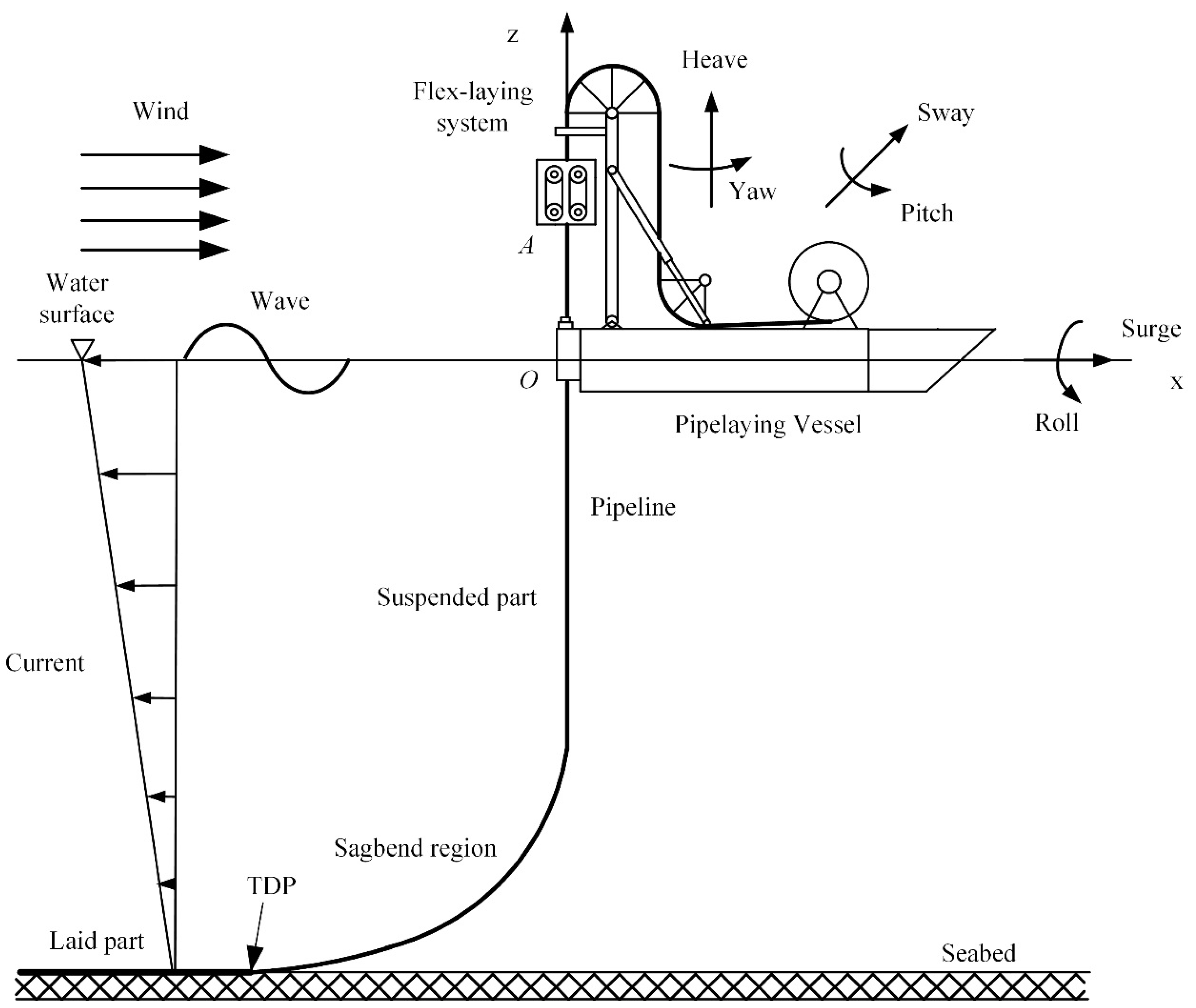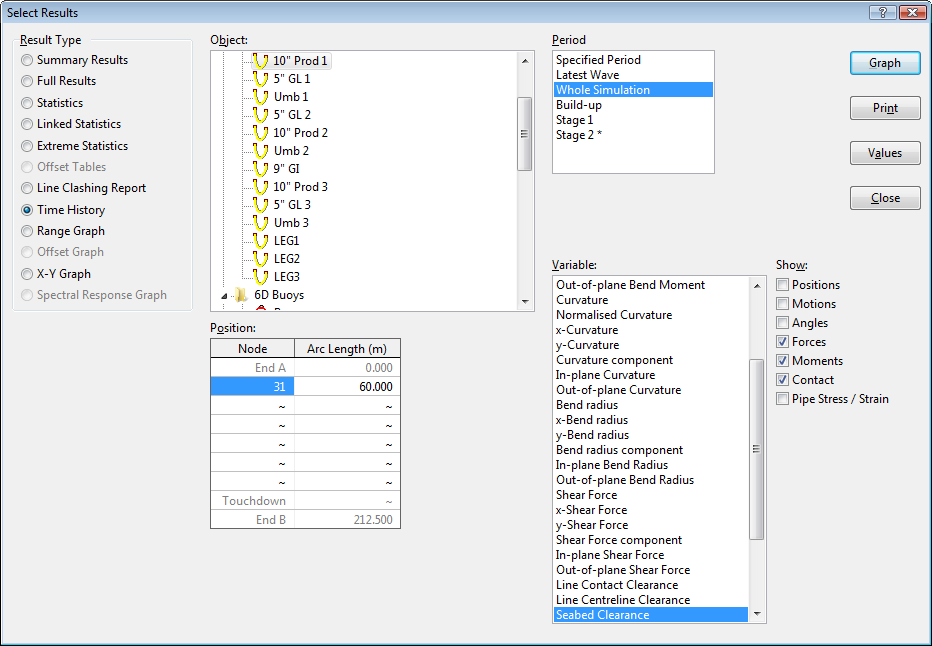


Operational concerns such as the need for slackening the leeward lines during a storm.Required length of mooring line outboard of the fairlead.Limiting environments for operating and survival conditions.Also, the vessel movements should be kept within certain limits that can be tolerated by the drilling riser.Ī mooring analysis is often performed in conjunction with a riser analysis to determine: To completely avoid vertical loads, the length of mooring line outboard of the fairlead must be long enough to allow the line to remain tangent to the sea bottom at the anchor during periods of the highest expected line tensions. The holding power of an anchor is significantly reduced when the anchor is subjected to a vertical load. Each mooring should be analyzed to ensure that developed tension (Tmax) does not exceed the maximum safe working load and that the load placed on the anchor (Amax) does not exceed its holding power. Wind, waves, and current induce movement of the vessel away from the target location and increase the tension in the windward mooring lines while decreasing tension in the leeward lines. The vessel comes to an equilibrium position when the mooring develops a net restoring force equal to the steady-state environmental force. The Dynamic Lift Analysis programs have been used for many projects and have proven to be relaible and accurate.īelow you can see a video on an actual lift in a swel seastate and the simulation performed, showing the need for a dynamic lift analysis.A floating ship/barge held on location with mooring system, When wind, current and waves act on the vessel, the total environmental force (F) pushes the vessel a distance (x) away from its initial position over the hole.

The Analysis procedures have been programmed in MOSES by Orca Offshore.



 0 kommentar(er)
0 kommentar(er)
